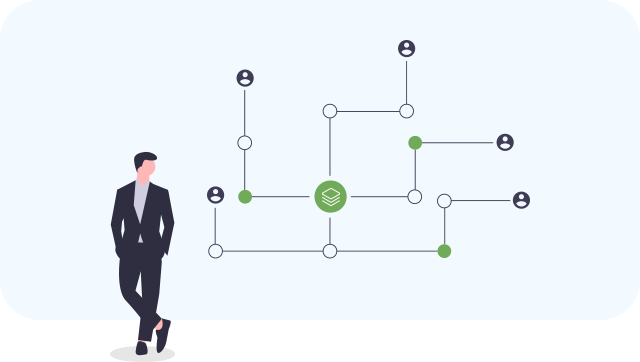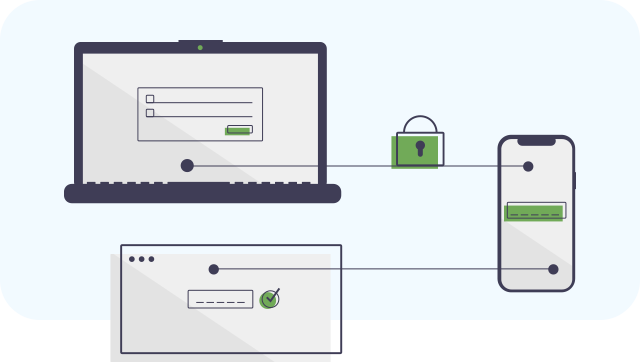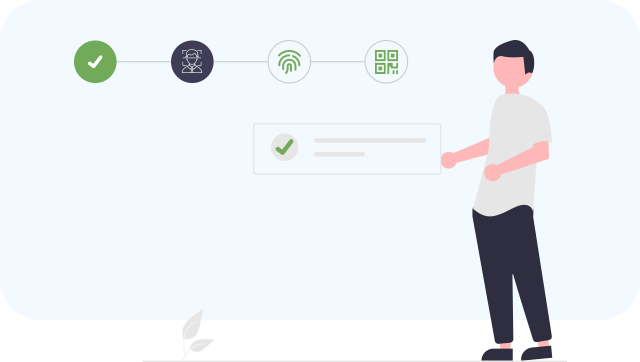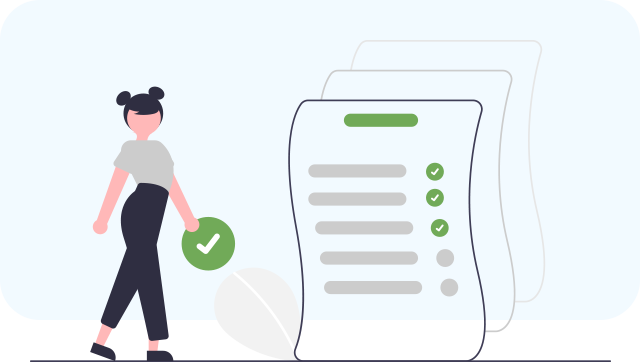IAM is a solution designed to securely manage access and permissions for users—whether people or devices—ensuring the right entities can access the right resources at the right time.
IAM: Foundation of Digital Transformation, Essential for Modern IT Infrastructure
A successful digital transformation demands a flexible, user-friendly, and highly scalable platform. IAM empowers organizations to seamlessly connect people, processes, and data, breaking down information silos and enabling secure, efficient collaboration within a unified digital ecosystem.
IAM Evolution Trends

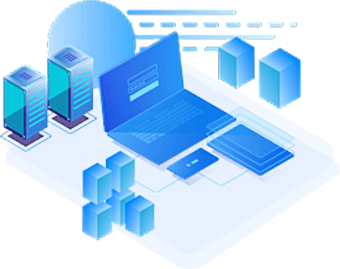
-

SSO
SSO addresses user experience by enabling one-click login and seamless access across platforms. It focuses on convenience but lacks built-in access control capabilities. -

PKI
PKI links user identities with cryptographic key pairs via digital certificates, delivering streamlined certificate issuance and revocation. It leverages certificates to authenticate identities across entities during communications. -

4A
- Short for Authentication, Authorization, Accounting, and Audit.
- Designed for internal workforce management, 4A offers full employee lifecycle management, access control at login, unified permission management, and audit trails for tracking identity changes and access activities. -

IAM
- Extend full lifecycle management to encompass employees, partners, customers, devices, applications, privileged accounts, and physical assets.
- Unify the administration of diverse applications—both web (BS) and client-server (CS)—across browsers and platforms through centralized single sign-on.
- Deliver application-level fine-grained control over permissions, APIs, and data access.
- Enable dynamic, real-time access control with integrated risk detection and closed-loop risk management.
- Provide cloud-based identity services to enhance user privacy and strengthen compliance.
How IAM Transforms Your Business
Seamless Access with One ID
-
Unified identity repository
-
Unified access and management portal
-
Automatic data synchronization
-
Unified authentication and authorization
-
Visual reports: who accessed what, when, and where
- Multiple identity repositories?
- Disparate access and management portals?
- Repeated data synchronization?
- Re-authentication across different applications?
- Manual reporting of identities and access?
- Redundant authorization processes?
Integrated. Intelligent. Trusted. Empowering.
-
Drive Efficiency
01- Instant provisioning, adjustment, or deprovisioning of accounts and permissions—cutting down processes from 1-2 days to real time.
02- Seamless, rapid application integration.
03- Automated compliance audit reports with prompt remediation for access issues.
-
Ensure Regulatory Compliance
01- Cybersecurity Law
03- GDPR
04- SOX
-
Reduce Costs
According to Gartner, a 10,000-employee organization can achieve a 300% ROI through identity automation alone—saving $3.5M over three years, reducing operational overhead by 14,000 hours annually, and freeing up 6,000 hours of help desk resources. -
Enhance Security
01- Unified authentication, authorization, and audit
02- National cryptographic algorithms
03- Eliminate orphan and dormant accounts
04- Reduce risks of data breach
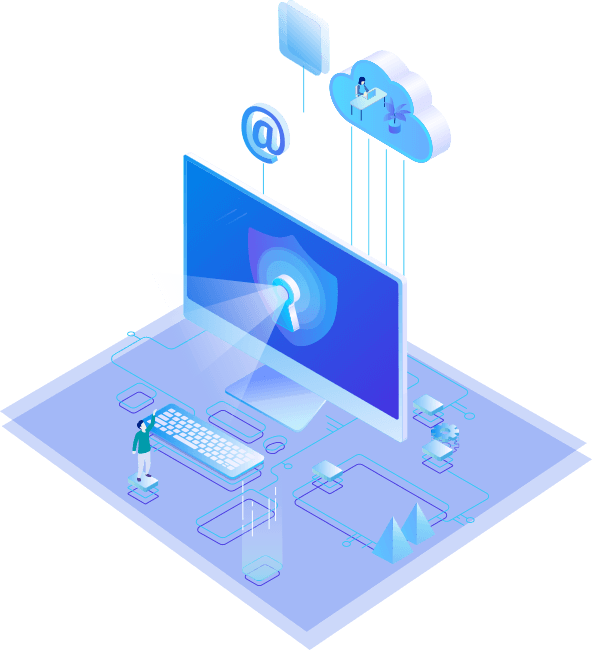
IAM is for Every Industry
-
Transportation
-
Real estate
-
Government
-
Finance
-
Energy
IAM is the security foundation
for digital transformation across various industries
-
Manufacturing
-
Power
-
Pharmaceuticals
-
Medical
-
Construction
-
Automobile
-
Media
-
Internet finance
-
Education
-
More



